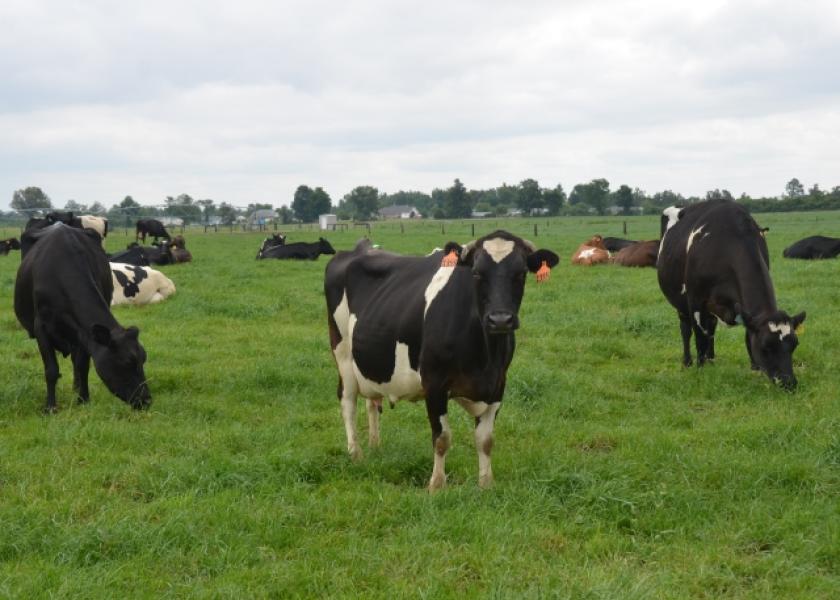Connecticut Secures Largest Dairy for Farmland Preservation

The state added the largest dairy farm in Connecticut to its farmland preservation program, boosting efforts to shield cropland from developers even as preservation advocates said state funding is inconsistent.
Oakridge Dairy in Ellington conveyed the development rights to nearly 126 acres, establishing a permanent ban on the use of the land for anything other than agriculture. The land is used to grow corn and hay to support the dairy's herd of about 4,000 cows.
"We're definitely staying in farming so we want to preserve as much farmland as we can," said Seth Bahler, general manager of the family farm.
The state is paying the Bahler family $1.1 million, with at least half reimbursed by the Natural Resources Conservation Service, an agency of the U.S. Department of Agriculture. Ellington will pay $370,000.
The 126 acres was considered particularly vulnerable to nonagricultural development because it is relatively flat and clear and is in an area of significant home construction, the Department of Agriculture said.
Connecticut Agriculture Commissioner Steven Reviczky said the state's farmland preservation program, which was among the earliest to be established in the United States in 1978, was intended to preserve 130,000 acres. The state so far has preserved more than 40,000 acres of farmland.
"For the state as a whole, it's an opportunity to keep this limited finite resource available forever," he said. "The impact of that can't be understated."
But Connecticut's 311 easements that shield land from development are fewer than many other states, according to American Farmland Trust. Massachusetts has acquired 874 easements, Delaware has set aside 808 easements and New Jersey boasts 2,303.
"The issue for Connecticut is that it has not had consistent funding over a time period," said Jennifer Dempsey, director of the Farmland Information Center at American Farmland Trust.
But setting aside 40,000 acres that may not seem to be much in large states, is significant in Connecticut, said Henry Talmage, executive director of the Connecticut Farm Bureau.
Half of the land in Connecticut is forest and about 20 percent is agriculture, which includes woodlands on farms, he said.
"If we were to lose it, it would vastly change the rural character of the state," Talmage said. "This program definitely has made it such that agriculture continues."
State preservation funding comes from sales of bonds approved by the legislature, recording fees collected on local real estate transactions and federal money, Reviczky said.
"As commissioner, I'm very happy with the level of support that the General Assembly and the administration have shown over time," he said. "I think decision makers in the state get it."
Lisa Houlihan, Ellington's town planner, said voters have approved $2 million for farmland purchases. The drive to protect farmland is in response to rapid growth that often spurs housing construction, she said. Farmland also diversifies the town's tax base, she said.
Dempsey said Connecticut's program is well respected because it was established early.
"Because they're a more mature program, they've seen several generations and experienced the range of issues," she said. "They can serve as a thought leader because they've been thinking and acting on these issues for a long time."







